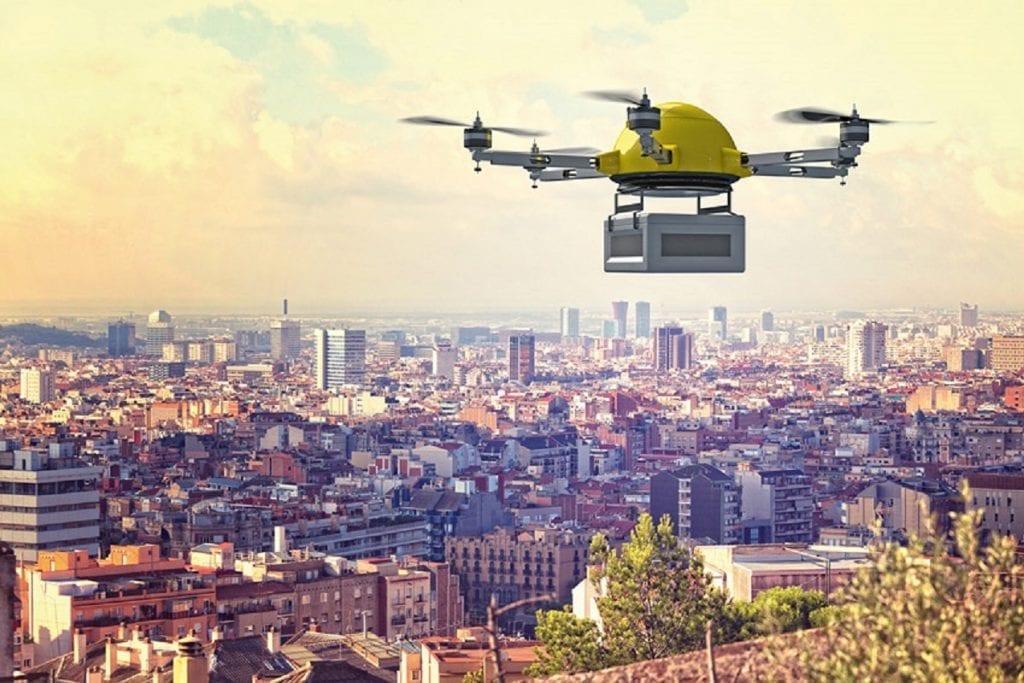

Singapore is set to enjoy greater supply chain efficiencies in near future, thanks to the Urban Logistics technology roadmap for 2020 that was unveiled by the Infocomm Media Development Authority (IMDA) on 28 November 2016.
The roadmap includes the testing and implementation of new technologies in 12 additional retail malls in Singapore next year.
The Urban Logistics programme is dedicated to analysing challenges in the logistics sector, identify technologies that can significantly improve Singapore’s supply chain processes, and improve efficiencies.
2020’s gameplan will address different stages of the urban logistics process, outlining requirements that ensure the Urban Logistics solutions, systems and processes are interoperable, and remain open for interested industry players to adopt and/or adapt.
This will also help optimise resources, as well as improve turnaround times and process efficiencies.
Dynamic scheduling
IMDA’s technology roadmap also includes steps that enable dynamic scheduling to accommodate early or late arrivals as well as complex algorithms to manage increasingly larger volumes of deliveries.
A unique In-Mall Distribution model of delivery management establishes an in-mall operator to receive goods at the mall unloading bay. This model is designed to improve current delivery/acceptance processes and reduce congestion of delivery vehicles leading to the unloading bay.
Moreover, this model also enables Singapore’s malls to have extended hours of delivery/acceptance operations, and foster greater automation, professionalism and security of such services.
“Since the implementation of the In-Mall Distribution solution at Tampines Mall and Bedok Mall in June and September respectively, we have noticed an easing of road congestion around our malls as the queuing time for delivery trucks reduces,” said Teresa Teow, head of Retail Management, Singapore, CapitaLand Mall Asia. “This has resulted in greater efficiency for the different parties along the delivery chain and a better experience for all visitors who drive to our malls, including shoppers.”